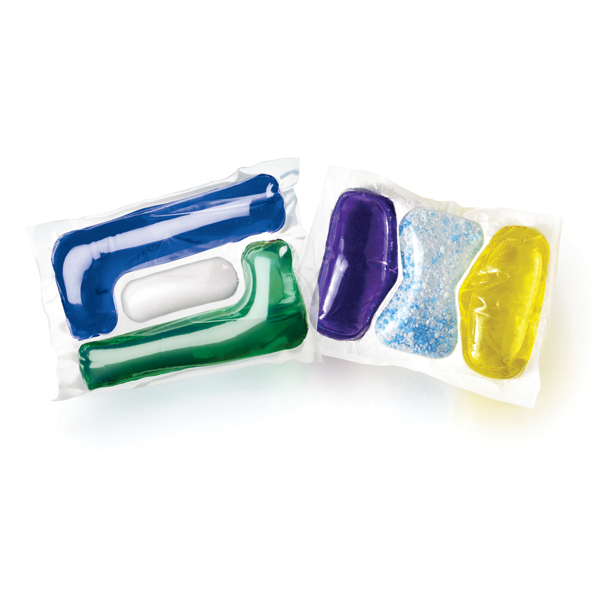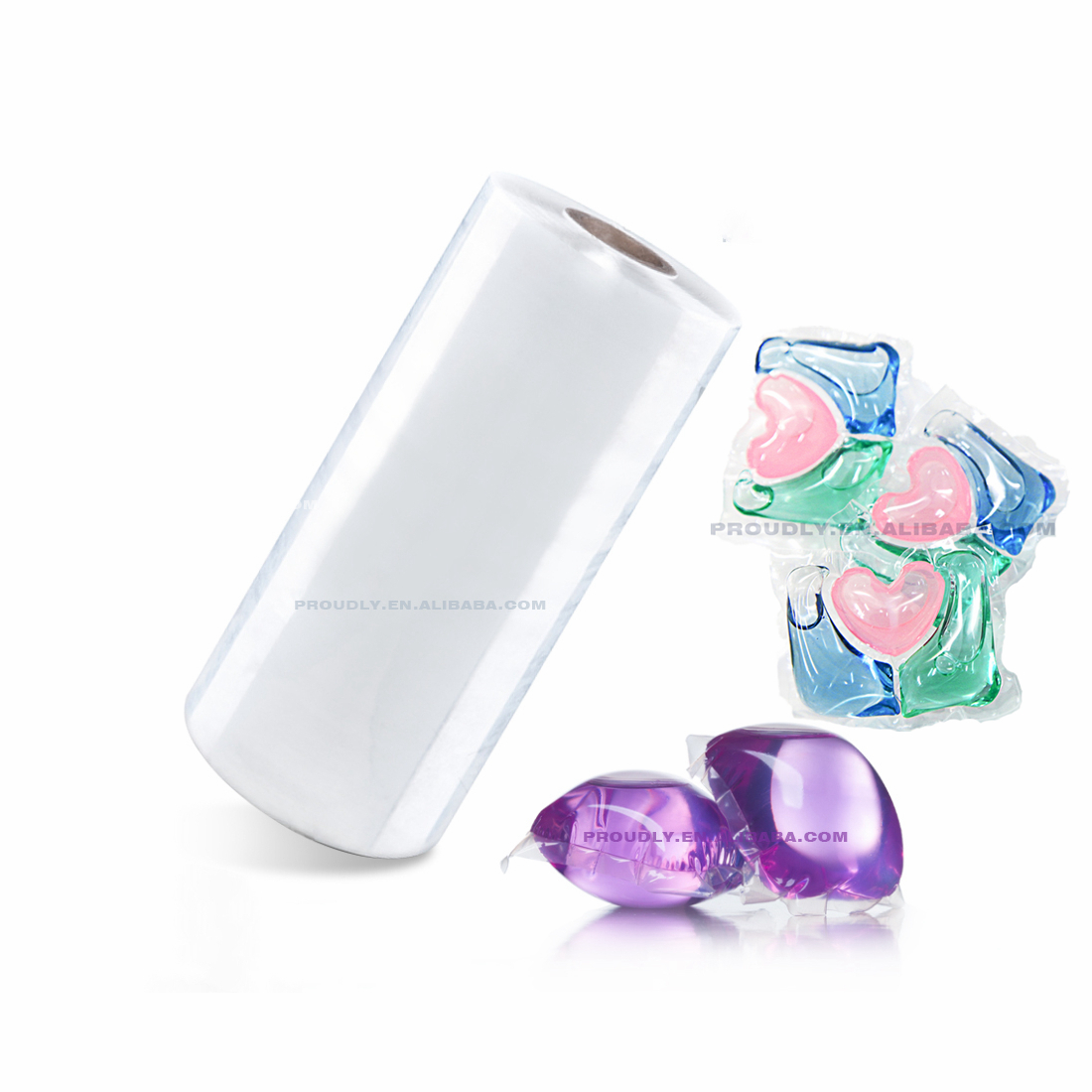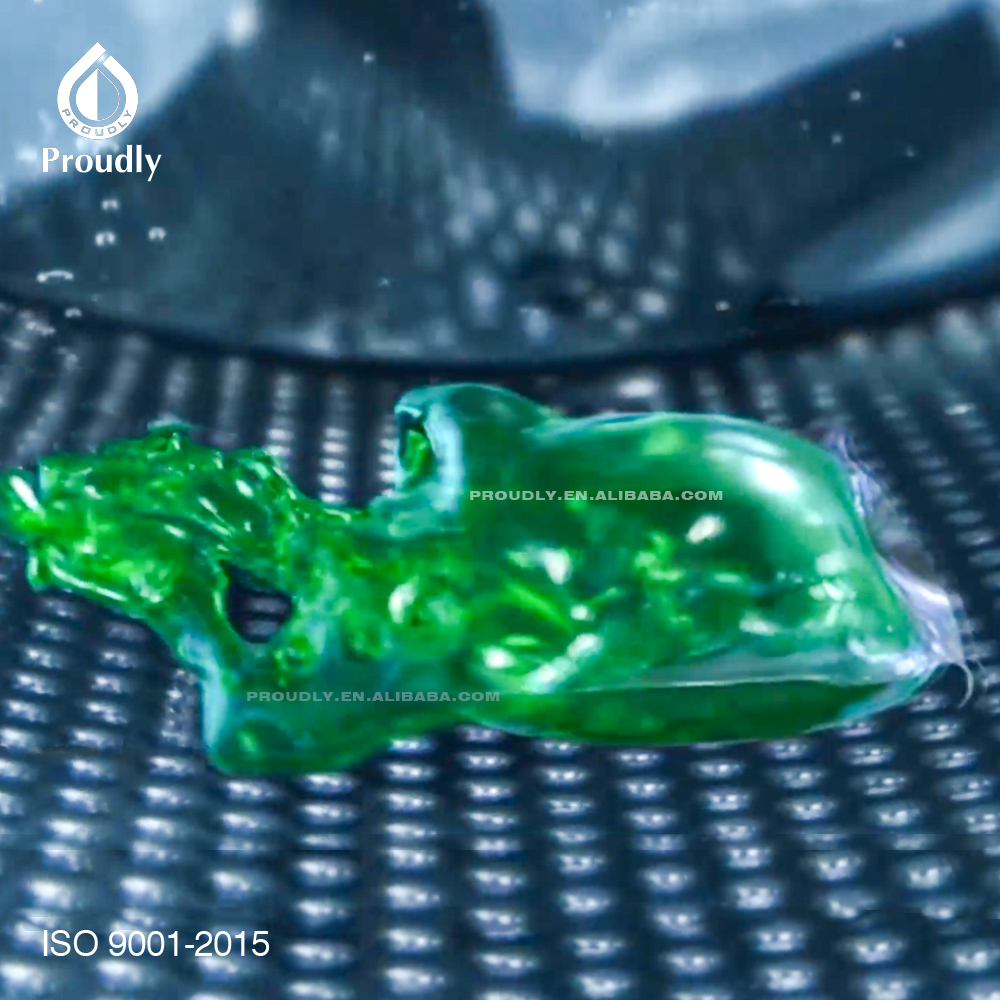- All
- Product Name
- Product Keyword
- Product Model
- Product Summary
- Product Description
- Multi Field Search
Views: 0 Author: Site Editor Publish Time: 2025-04-03 Origin: Site
Water-soluble films, particularly those made from polyvinyl alcohol (PVA), have transformed multiple industries due to their innovative features. From powering detergent pods to enhancing medical applications, PVA films lend themselves to convenience, biodegradability, and functionality. However, with growing adoption, it’s crucial to address concerns about their toxicity, environmental impact, and regulatory compliance.
This article explores how toxicity testing is carried out for PVA films, regulatory perspectives governing their use, and why water-soluble films are becoming a hallmark of sustainable technology. For businesses looking to explore this field, understanding safety and compliance is equally important as the benefits these materials bring to the table.
Water-soluble films are thin layers of material that dissolve after coming into contact with water. PVA-based films stand out as they are widely used in applications such as detergent pods, agrochemical packaging, and hospital laundry bags, among others. Due to their solubility and eco-friendly potential, these films address sustainability goals, especially in reducing microplastic pollution.


PVA film is derived from polyvinyl alcohol, a synthetic polymer known for its biodegradability and water solubility. The characteristics of PVA film include:
Strong chemical resistance Transparency Water solubility dependent on temperature and pH Low toxicity, making it suitable for packaging consumable and non-consumable items Popular Applications
PVA films are revolutionizing the detergent industry as they encase concentrated laundry or dishwashing agents. The film dissolves during the washing cycle, leaving no residue.
Water-soluble capsules and healthcare laundry bags ensure sanitation and convenience.
These films are used for packaging pesticides, fertilizers, or seeds that dissolve in water, allowing efficient application while reducing human exposure to chemicals.
With growing adoption in these sectors, evaluating the safety and regulatory requirements of PVA films has become a priority.
The increased use of water-soluble films in consumer-facing and industrial applications necessitates thorough toxicity testing. This ensures safety for humans, animals, and ecosystems.
Although polyvinyl alcohol is generally considered safe due to its biodegradability, potential risks need to be analyzed:
Some PVA formulations may include plasticizers or additives. These modifications can affect toxicity levels.
During the film’s degradation, intermediate byproducts might be released. These require close examination to assess environmental safety.
Since PVA is water-soluble, its release into water systems needs to be tested for potential harm to aquatic life.
Laboratory tests on the dissolution of PVA films have shown minimal bioaccumulation in aquatic organisms. For instance:
Ecotoxicity tests indicated no adverse effects on fish or algae at prescribed environmental levels.
The degradation period varied depending on water temperature, with faster dissolution in warm environments.


The following toxicity test categories are generally followed to assess the safety of PVA films:
| Test Category | Parameter Assessed | Example Test Methods |
|---|---|---|
| Acute Oral Toxicity | Impact on mammalian ingestion | OECD 420, OECD 423 |
| Dermal Toxicity | Skin irritation or allergies | Dermal Sensitization Test |
| Aquatic Toxicity | Impact on aquatic life | OECD 201 (algae), OECD 203 (fish) |
| Biodegradability Studies | Breakdown under environmental conditions | OECD 301, ASTM D5988 |
Global regulations often vary in their approach to approving and monitoring materials like PVA films. Most countries aim to ensure biodegradability, toxicological safety, and proper labeling.
Under the REACH regulation, manufacturers must demonstrate chemical safety and environmental compliance for substances like PVA. Biodegradability studies are also required to meet the EU Single-Use Plastics Directive.
The EPA and FDA regulate applications of water-soluble films. FDA compliance is mandatory if PVA films are used in food-contact articles like packaging or capsules.
Countries such as China and Japan have manufacturing and labeling policies for eco-friendly packaging. Water-soluble material must comply with eco-certification standards.
Many businesses are opting to certify PVA films under ISO 14855, which evaluates aerobic biodegradability. Additionally, certifications like OK Biodegradable Water and Compostable demonstrate commitment to sustainable practices.
What is approved in the EU might need additional testing to satisfy U.S. regulations. Harmonizing these standards across nations is a work in progress.
While PVA is advertised as biodegradable, concerns remain regarding its breakdown speed in natural environments.
By adhering to regional guidelines and seeking appropriate eco-certifications, businesses can enhance the credibility of their water-soluble PVA products.
Aside from being safe and compliant when designed correctly, PVA film offers several benefits across industries.
| Feature | Benefit | Application Example |
|---|---|---|
| Water Solubility | Quick dissolution eliminates waste | Detergent pods, pesticide packaging |
| Biodegradability | Reduces environmental footprint | Recyclable agricultural seed wraps |
| Customizability | Thickness and solubility tailored to need | Mono-dose pharmaceutical packaging |
| Chemical Resistance | Protects contents until use | Laundry bags for hospitals |
PVA’s biodegradability makes it appealing for reducing pollution from single-use materials. However, further study into its degradation pathways and lifecycle impact is required to ensure sustainability.
Researchers often focus on two parameters when studying PVA film biodegradability:
The dissolution rate in water depends on variables like heat and water pH. Warm, slightly alkaline conditions facilitate faster degradation.
Microorganisms like Pseudomonas species play an integral role in breaking down PVA without producing harmful residues.
While water-soluble films solve waste issues, care must be taken to address energy consumption during manufacturing and ensure disposal does not overload water treatment systems.


Frequently Asked Questions
Water-soluble films are primarily made from polyvinyl alcohol (PVA), a synthetic polymer known for its non-toxic and biodegradable properties.
Yes, PVA films are safe for food applications and are approved by regulatory entities like the FDA. They are often used in food packaging or capsules for powder or liquid products.
PVA films biodegrade under specific environmental conditions, typically in the presence of water and microorganisms. Certification like ISO 14855 can provide assurance of biodegradability.
No, properly formulated PVA pods dissolve entirely, leaving no microplastic residue. However, ensuring the film meets regulatory standards is essential.
Compliance with local regulatory bodies such as REACH (EU) or FDA (USA) is necessary. Additionally, environmental certifications enhance marketability.
PVA films are widely useful in agriculture, but rapid biodegradation in humid planting conditions may hinder applicability in extended use.
For enterprises stepping into the realm of water-soluble film technology, it’s imperative to approach product development with rigor. Conduct thorough tests to evaluate toxicity, comply with regional and international standards, and highlight eco-friendly aspects for market success.
If you wish to learn more about how PVA films can be customized or developed for your specific needs, contact us today. At Proudly, we prioritize sustainability and innovative packaging solutions tailored for a greener future.
Get in touch:
Email: proudly@proudly.com.cn
Phone: +86-13802609114